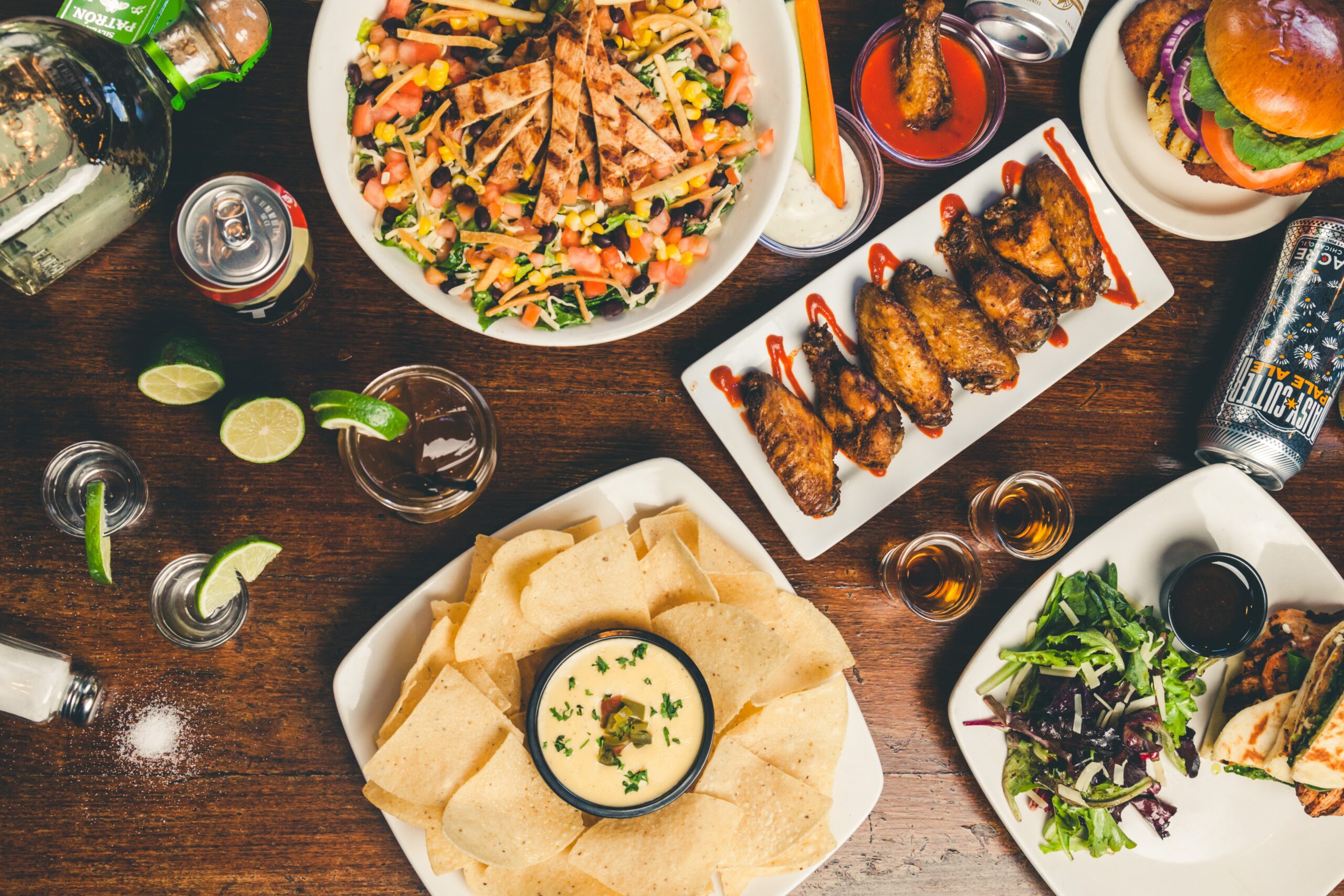Franchising is not for everyone, but if you are willing to put in the time and effort required to make it work, it can be an excellent way to grow your business. However,let’s suppose you are considering franchising as a way of expanding your current business.
When Not To Franchise Your Business
By: Gary Occhiogrosso – Managing Partner FranGrow & Adjunct Associate Professor at New York University
Franchising is a great way to expand your business and grow your customer base, but it’s not for everyone. So before you get started on your path to becoming a franchisor, here are some things that you should think about:
You don’t have a proven business model.
If you don’t have a proven business model, franchising can be a hard way to go. You’ll have to invest a lot of money upfront and spend time managing franchisees, who may not see the potential in your product or service as clearly as you do. In addition, if your idea isn’t unique or doesn’t appeal to people outside of your local area, it won’t take off as you might expect.
There are plenty of success stories about companies that started franchising their businesses and became household names—but there are also plenty of horror stories about companies that began franchising only to have things collapse within a few years. For example, suppose your goal is to ensure that your company stays afloat and continues growing after its initial launch phase (and believe me: it should be). In that case, franchising may not be suitable for you at this stage in its growth process—or ever!
You’re still refining your product/service offering.
If you still need to test your product or service offering, then franchising isn’t for you. Franchising takes time and money, so it’s essential that you know your business model works before you start expanding it. The last thing a franchisee wants is to spend their hard-earned money on a product or service that doesn’t work.
These are some things you should consider before embarking on the journey of franchising:
* Are you offering the right price?
* Do the features meet customer expectations?
* Is the product reliable?
* Is it easy to use?
If you can’t answer these questions confidently, franchise expansion may not be for your business yet.
You can’t afford it.
Suppose you cannot invest in the necessary costs associated with franchising. In that case, it’s probably not a good idea. The price of franchising can be pretty high. You’ll have to pay for all the administrative and legal work required during the process, along with continuing support and other services. You’ll also need cash on hand for marketing purposes and regular payments into an escrow account (if applicable) that will help fund your franchisee’s initial start-up costs.
This is especially true if you don’t already have an established brand or product line; it takes time for those things to develop organically and build momentum among customers. As such, it may take longer than anticipated before any revenues start rolling in from new franchises—and those initial expenses will continue relentlessly until then!
You don’t have a strong brand presence in your local market.
Branding is essential, but it’s not a short-term strategy. On the contrary, branding is a long-term effort that requires a lot of work, money, and time. So if you’re looking for something quick and easy to get immediate results, don’t bother with branding. Branded businesses are built on solid foundations that take years to develop.
Brands are more than just logos; they express who you are and what makes your business unique. A brand can be as simple or complex as necessary (or both). Still, suppose it doesn’t convey the essence of your company in some way. In that case, it falls short of its potential value in building customer relationships over the long term.”
Your business is not scalable.
There are two basic requirements for a business to be scalable:
* The company has been successful in the past.
* The company can be run with minimal costs.
If you do not meet these criteria, your business will not be able to scale without additional investment. You need market research before deciding whether or not franchising is right for you!
Franchising is not for everyone; will it work for you?
Franchising is not for everyone, but if you are willing to put in the time and effort required to make it work, it can be an excellent way to grow your business. However,let’s suppose you are considering franchising as a way of expanding your current business. In that case, it’s crucial that you consider whether or not this type of growth is appropriate for what you’re trying to achieve with your company. As a franchisee, there will be times when you disagree with management decisions or feel like we’re not listening to feedback from our restaurants. To ensure that these situations don’t become roadblocks in our relationship, we strongly encourage all stakeholders (franchisees and management) to communicate openly about the issues before they become conflicts.
Conclusion
Franchising can be a great way to grow your business, but it is not for everyone. If you are still unsure if franchising is right for you, we recommend considering other options, such as starting from scratch or hiring an employee. Many factors need to be considered before making any significant investment. We hope this article helps guide you through those decisions!





